Session 13: Energy efficient non-residential buildings
Wednesday, 15 September 2021
Non-residential buildings form a large part of the building stock and place special demands on the designer in terms of their functionality. Whether Romania, Scotland, Italy, or even Canada, this session will highlight advantages of Passive House construction and illustrate them using realized, energy-efficient Passive House non-residential buildings. Direct comparisons with conventionally constructed buildings and field reports will enable our speakers to paint a nuanced and diverse picture of the benefits of the Passive House Standard for non-residential buildings.
| Time (CEST) | Topic | Speaker |
|---|---|---|
| 10:00 am | Welcome | 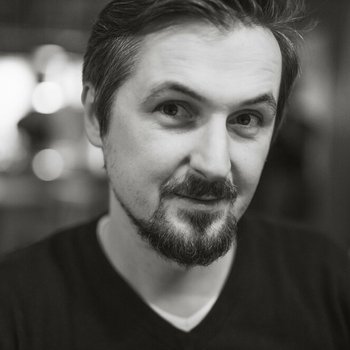 Dragoș Ionuț Arnăutu |
|
10:05 am |
Charting new territory in Passive House: Vancouver Fire Hall 17 The Vancouver Fire Hall No.17 will be Canada’s first Passive House Zero Emissions fire hall. Innovative solutions were implemented to overcome the unique challenges of this typology and deliver a high performance, fully electric building, that aligns with the City of Vancouver climate action plan.
|
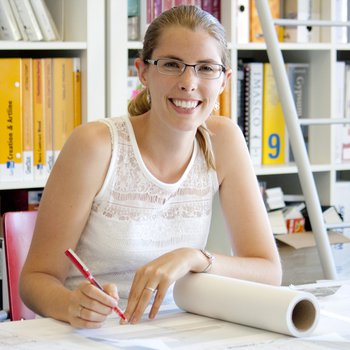 Elise Woestyn | HCMA Architecture + Design
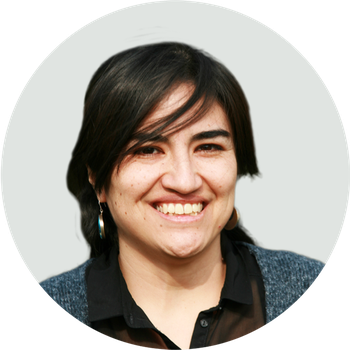 Elena Reyes | Passivhaus Institut
|
|
10:20 am |
Lessons learned from the first certified office building in Romania (PHILEB) Designed and built in less than 1 year - from the first sketch to moving in - the new headquarters of the Romanian company SmartWare/Creatopy, is the first office building in the country to be certified as a PHI Low Energy Building. |
 Dragoș Ionuț Arnăutu | Passivhaus Institut  Marius Șoflete | Inginerie Creativă |
|
10:35 am |
A comparison between two identical nurseries in Scotland - one Passivhaus one traditional How do we accurately measure the benefits of Passivhaus? By having two identical buildings - one Passivhaus and one traditional - we now have qualitative and quantitative data for cost, construction, and in-use performance to put it to the test!
|
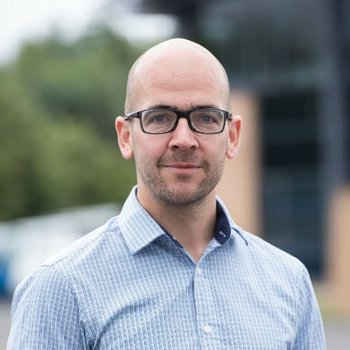 Allan Smith | Galliford Try 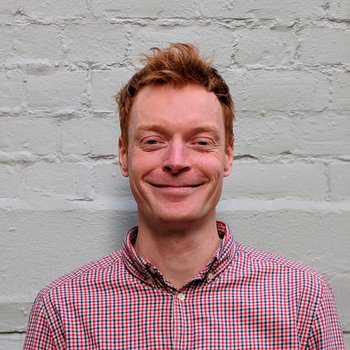 Will South | Etude |
| 10:50 am | Question and Answer | |
| 11:10 am |
Low energy free-running paper stores: Moisture buffering model and monitored data The passive paper archive for Imperial War Museum completed in 2019 is unheated with free-running temperature and largely passive humidity control. Here we describe the model used to estimate moisture conditions in the building and compare with measured data. |
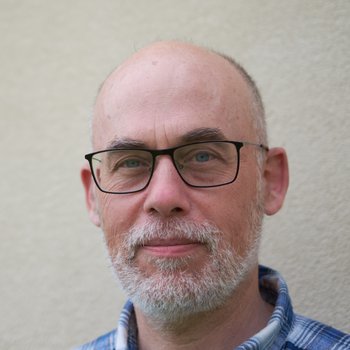 Alan Clarke | Alan Clarke |
|
11:25 am |
Students' dormitory in Vitoria-Gasteiz / Basque Country - Spain: A standard project becomes a PH |
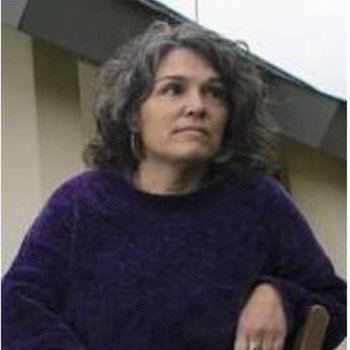 Adelina Uriarte Gonzalo-Bilbao | MUI Passiv SL 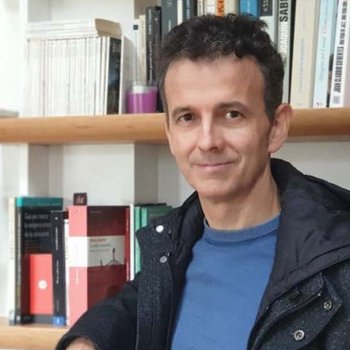 Pedro Mariñeralera Albeniz | MUI Passiv SL |
| 11:40 am |
EnerPHit school in Collecchio, Parma Verdi school is the largest EnerPHit in Italy: 3000 sqm with an articulated layout and 3 usage patterns: canteen, gym, classrooms. EnerPHit was not an easy task: 3 different PHPPs were combined together, n50 target was reached after several tests, exceptions had to be accepted due to the budget. |
 Marco Filippi | Energy Plus Project |
| 11:55 am | Question and Answer | |
|
|
|



